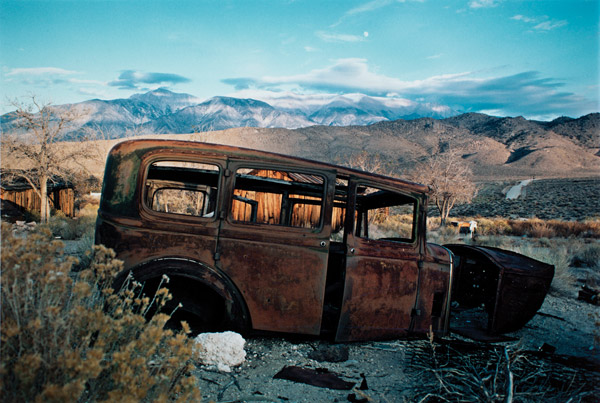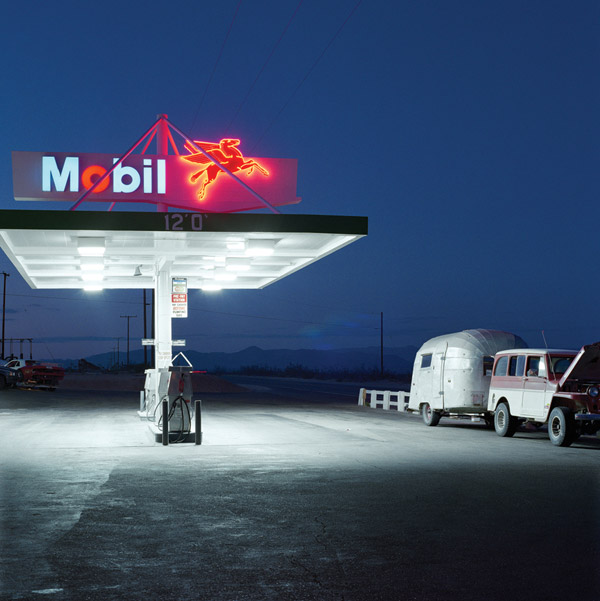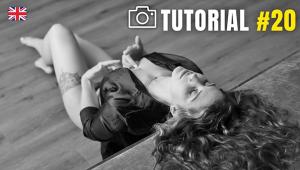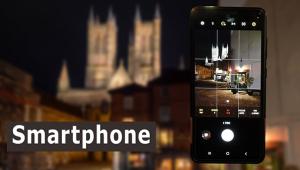There is something to be said about all these abandoned spaces. Lack of finance and ruin makes for very nice pictures…
Shows To See: Behind The Wheel: Third Exhibition In The Santa Barbara Museum Of Art Vantage Point Photography Series: May 5 – August 12, 2012

Today, Southern California is still a car culture. Exploring the psychological place of the car in Southern California life, this exhibition examines the enduring love affair between people and their automobiles. Whether in celebration, investigation, or incrimination, nearly 30 photographs spanning 50 years were chosen from the collection of the Santa Barbara Museum of Art, all depicting those unique mental states that can only be produced behind the wheel.


Each photographer in Behind the Wheel examines the unique aspects of California’s car culture in various states of focus and form. Some works are homages to the car in all its streamlined, metal glory, like Phillip Melnick’s Santa Monica, CA (1984). Others show their subject in various states of disrepair like John Kiewit’s Untitled (1997), depicting an old broken down roadster in the forefront of what otherwise would be a scenic California landscape. Still other shots are multifarious, examining the passengers as part of the equation, such as Michael Butler’s photos from his series Rodeo Drive.
Each image evokes something of the burgeoning car culture from its conception, when around 1 million people had access to cars, to the present, with more than 13 million cars on the streets of greater Los Angeles alone. The automobile as icon exploded from status symbol to an everyday staple of life.


Southern California was designed for the automobile with its endless freeways and waning public transportation. Improvements in the roads gave people a sense of more freedom, allowing them new travel options. For most people, the iconic “freedom of the road” meant adventure and joyrides before it represented wearisome commutes. For with the automobile’s invention, suburbia followed, replete with shopping centers, road-side cafes, motels, drive-in movies, and gas stations; all manifestations of an increasingly mobile culture. Automobile registrations surged as fast as the birth rate: 26 million in 1945 to 40 million by 1950. These freedoms came to represent varying degrees of access, leisure, efficiency, convenience, sex, and power. The car would liberate people from social restraints, and would increase their sense of personal empowerment.
Artists in the exhibition include: Jeffery Aaronson, David Allee, Jeff Brouws, Michael Butler, Morrie Camhi, Joe Deal, Robbert Flick, Jane Gottlieb, Anthony Hernandez, Todd Hito, John Kiewit, Susan Lakin, Phillip Melnick, Karen O’Hearn, Jane O’Neal, Ron Partridge, Joseph Sterling, Mel Traxel, and Leigh Weiner.

The Santa Barbara Museum of Art is a privately funded, not-for-profit institution that presents internationally recognized collections and exhibitions and a broad array of cultural and educational activities as well as travel opportunities around the world.
Santa Barbara Museum of Art, 1130 State Street, Santa Barbara, CA.
Open Tuesday - Sunday, 11am to 5pm. Closed Monday.
Contact: (805) 963-4364; www.sbma.net.
- Log in or register to post comments


































